Feral animals continue to threaten livestock, wildlife, flora & fauna right across Australia. The most effective solution is exclusion fencing because it can act as a physical barrier against digging, climbing & jumping feral threats. Conservation fencing will only be effective if it is designed, built & maintained using proven fencing products & solutions. Before making a final decision on your conservation fencing needs, talk to your local Waratah fencing representative.
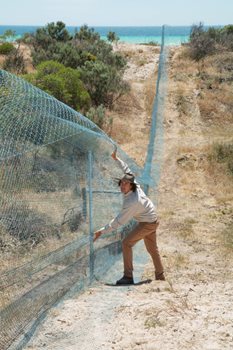
© WWF-Aus/Paul Fahy
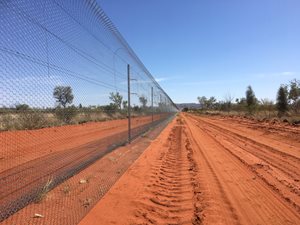
Steel fencing systems
- Fabricated and netting fences with aprons are likely to afford the highest level of protection because the mesh itself is almost impenetrable (if correctly installed & maintained).
- wire netting aprons prevent feral animals from pushing or digging beneath a fence.
- floppy tops fences are the only fence designed to exclude cats & foxes.
- Cheap, poorly manufactured steel fencing products can be less durable.
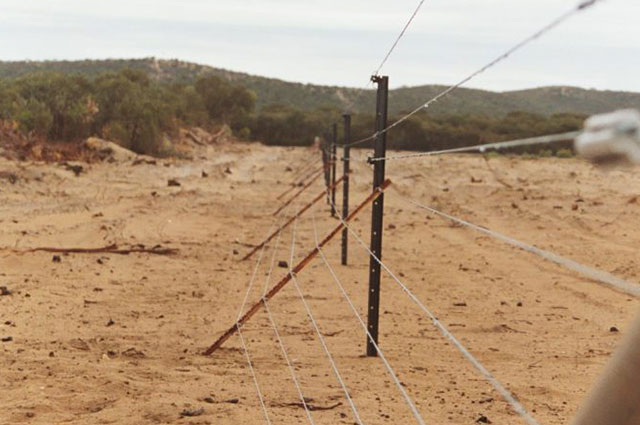
Electric fencing systems
- Upfront material cost may be cheaper, but ongoing maintenance can be more expensive.
- Conditioned avoidance of electric fences has been demonstrated for a variety of species.
- to maximise the effectiveness of electric wires in exclusion fences the wires should form, or be used in conjunction with, a sufficiently challenging physical barrier.
- Often feral species can endure numerous shocks before developing avoidance behaviour. They also can often outsmart them by jumping or digging under the electrics.
- Repairing electrical faults & shorts is a regular maintenance requirement.
- Continual monitoring is required meaning this 'cheaper alternative' could become more costly then first planned.
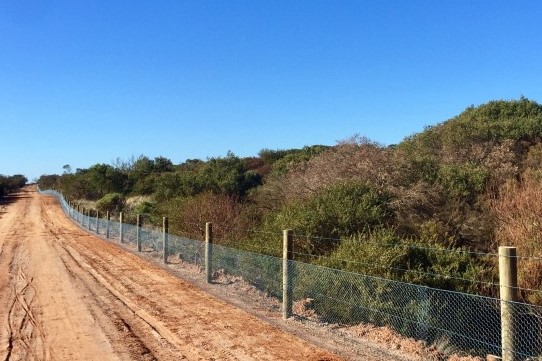
Timber & steel fencing systems
- Treated pine posts can be cheaper than galvanised steel posts.
- In corrosive environments timber posts can be a more durable option.
- Timber posts provide a convenient platform for animals, particularly cats, foxes and goats to jump to. They also provide a excellent climbing surface.
- Timber posts grades vary considerably, potentially reducing the life of a fence and can therefore be less durable than galvanised steel posts.
- Timber will burn in most bush or grass fire prone conditions.
Minimum fencing specifications for each pest species
A summary provided by the Australian government, Natural Heritage Trust, on cost effective feral animal exclusion fencing for areas of high conservation value in Australia.
|
Foxes
|
Feral cats
|
Feral rabbits
|
Feral pigs
|
Feral goats
|
Dingoes / wild dogs
|
|
|
Jump height / minimum fence height
|
Capable of jumping at least 1.80m. | Capable of jumping at least 1.80m. | Minimum fence height 0.90m - additional protection with higher fence | Minimum fence height 1.05m. | Fence height preferably 1.20m or more | Minimum height of 0.90m for electric fences and 1.50m for netting/fabricated fences |
|
Maximum mesh size
|
Less than 80mm (and probably less than 70mm to exclude small animals and juveniles) Can chew through plastic mesh | 50mm (less for kittens) |
30mm Can chew through plastic mesh |
Fabricated mesh with 150mm vertical wire spacings preferred. |
300mm fabricated fencing mesh size excludes adult goats. | 150mm width and 100mm height |
|
Maximum gap size below fence
|
None | None | None |
Preferably none, or very minimal. |
Less than 80mm | Less than 50mm |
|
Digging abillity
|
Good | Unknown | Excellent | Excellent | N/A | Good |
|
Climbing ability
|
Excellent | Excellent | Capable of climbing | N/A | Good | Unknown |
|
Reaction to electrification
|
Deterred by electric shocks but may learn to avoid these. | Variable response | Electric wires may deter rabbits from digging beneath fences | Variable response | Effectively deter goats if used in conjunction with an effective barrier | Deterred by electric shocks |
|
Waratah products to use or fence design
|
Longlife Blue netting with floppy top fence design |
Longlife Blue ® Netting with apron dug into the ground. |
Longlife Blue ® Netting 1.80mm |
Exclusion catalogue 15/150/15 with apron |
WARATAH STEEL FENCE DESIGNS
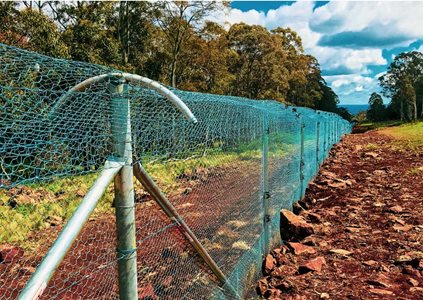
DIGGING, CLIMBING, JUMPING DEFENCE
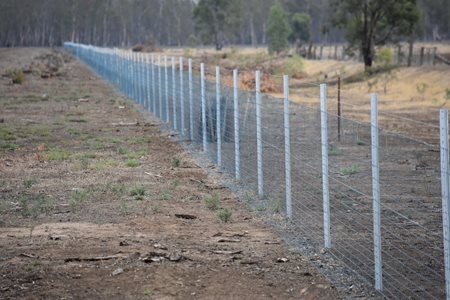
DIGGING & CLIMBING DEFENCE
PRODUCTS TO USE
Waratah provide specially designed exclusion products for your conservation project. W hether it's to prevent animals burrowing under the fence, jumping and climbing over or going through the fence, Waratah will have the right products for your exclusion fencing needs.
CUSTOMER SOLUTIONS
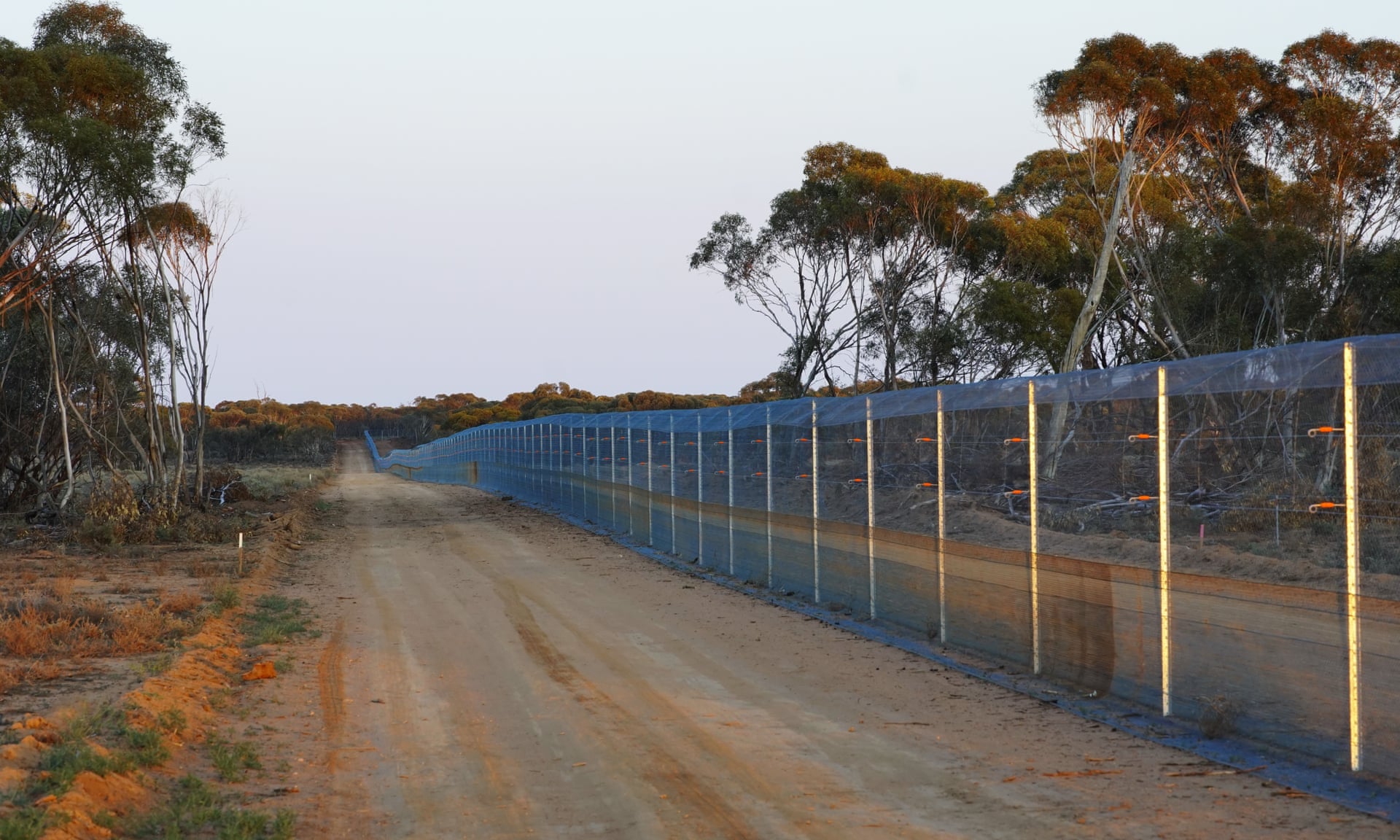
Feral predator-proof fence built in Mallee Cliffs national park. Photograph: Wayne Lawler/AWC
Mallee Cliffs National Park
In partnership with the NSW Government, AWC has constructed a 37.2 kilometre feral predator-proof fence within Mallee Cliffs National Park, creating a 9,570 hectare exclosure of ecologically significant bushland which, once cleared of predators, will be home to at least 10 regionally extinct mammal species as part of an ambitious rewilding program. The program began in October 2019 with the release of the Greater Bilby into a 480 hectare, specially-designed breeding zone.
Read moreAussie Ark conservation project
Waratah has worked closely with conservation organisation Aussie Ark / Devil Ark to deliver a fence that excludes feral animals and saves some of Australia's most threatened & endangered mammals from extinction.
Watch Tim from Aussie Ark passionately describe the conservation benefits that have been achieved from well designed & built Australian made fencing.
Read more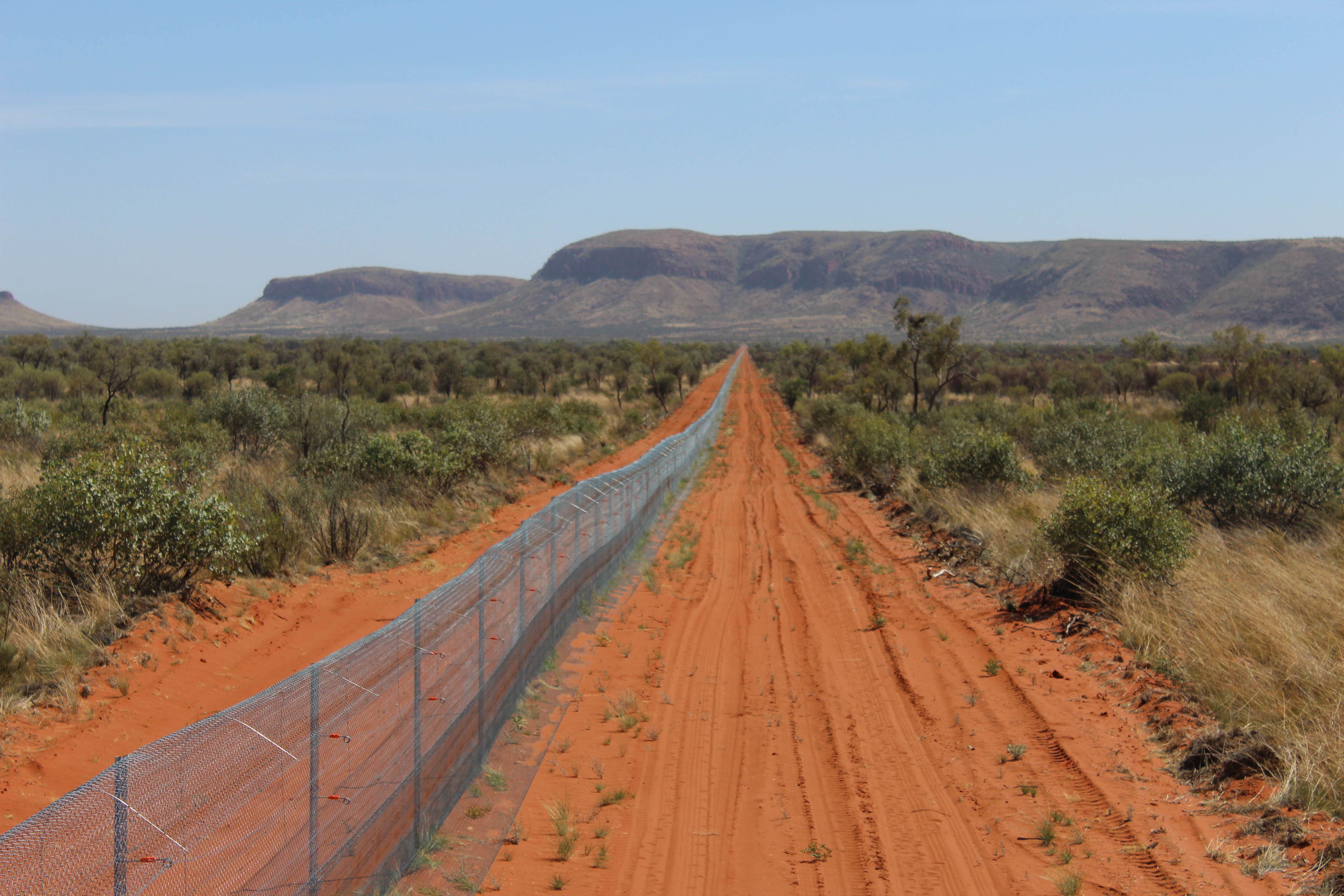
Newhaven wildlife sanctuary
AWC’s ambitious project to restore central Australia’s lost biodiversity at Newhaven Wildlife Sanctuary has reached a new milestone – the eradication of all feral predators from the 9,400-hectare fenced area, making Newhaven home to the largest feral-free area on mainland Australia.
Read moreCONTACT US
To find out more information about how we can help you choose the best fencing for you conservation project. Contact us below.
ENQUIRE NOW